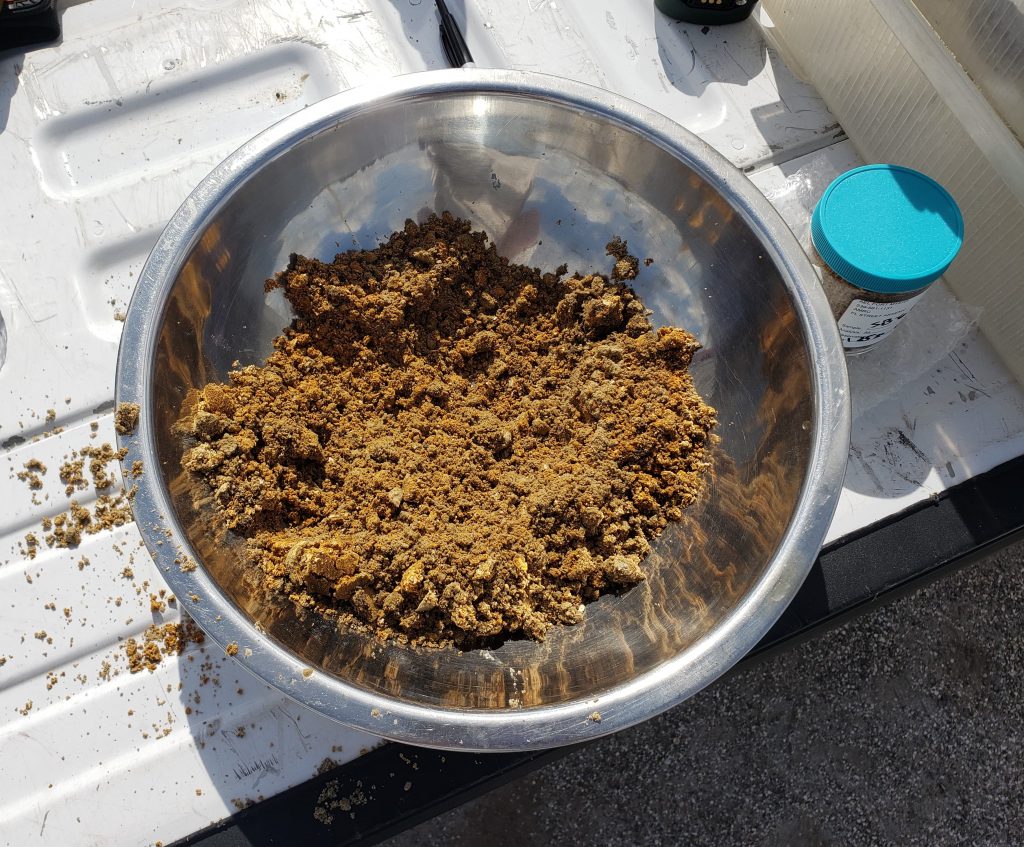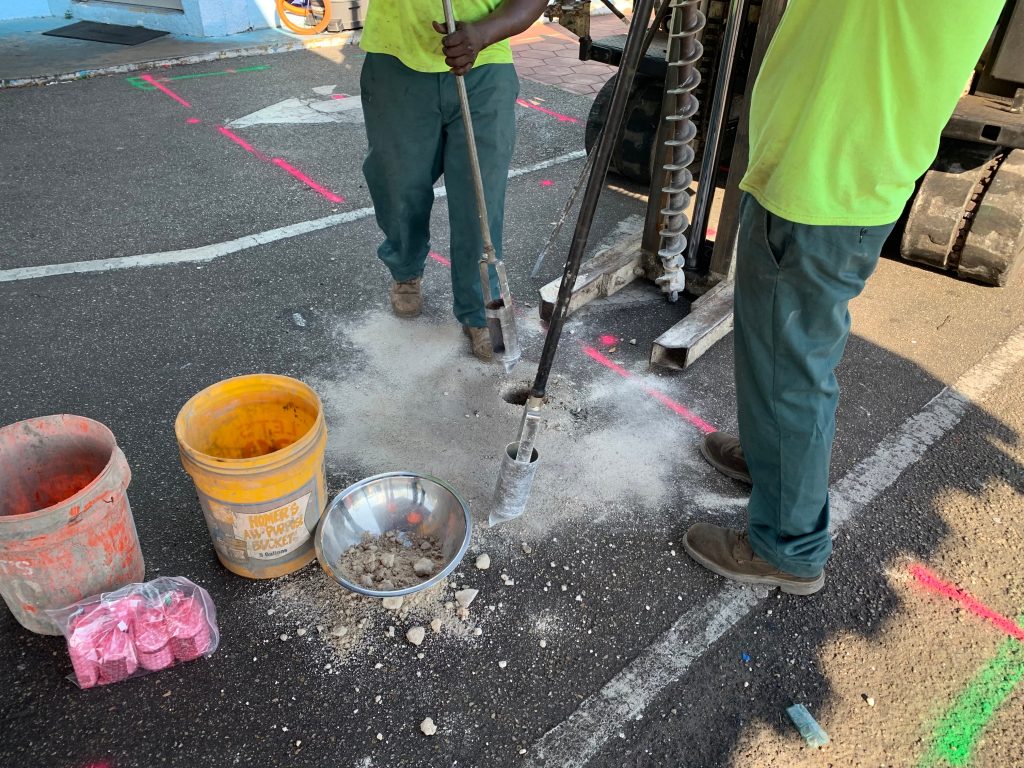Soil/Groundwater Analysis
Soil and groundwater analysis confirms contamination
Soil and groundwater analysis can confirm the presence or absence of suspected contaminants on a site. Soil cores and groundwater monitoring wells are often employed to gather the samples necessary to complete a soil and groundwater analysis. This type of analysis often includes aspects of a Phase II Environmental Site Analysis along with an evaluation of the hydrogeology of a site. Using a combination of site history, source identification, additional and expanded laboratory testing, and the hydrogeologic framework, an extent of the contamination can be determined and a plan for soil and groundwater remediation be defined.
Soil contamination testing and remediation can prevent poisoning
Soils have often been the landing spot for heavy metals, chemicals, and wastes as byproducts of industrial and agricultural pollutants. Many of these metals are present in soils naturally, usually in small amounts, although the natural level may vary. Heavy metals are a class of elements that include lead, copper, arsenic, and cadmium, and can be toxic to humans and plants if ingested in high enough quantities. Heavy metals break down very slowly; without remediation they can exist in the environment for a very long time.phase-2-site-assessments

Lead poses the greatest concern
because it is the most common contaminant and is most likely to exceed health based guidance values in the United States (McBride et al., 2014). Lead does not degrade and can remain in the soil for thousands of years. Lead accumulates on the top 1-2 inches of the soil as it binds tightly to soil particles and organic matter. There are significant correlations between soil type and land use history and heavy metal contamination. Knowing the history of the site will help explain how the contamination arrived. Soil testing and soil analysis services from AMRC can detect the presence of contaminants, determine the source of soil contaminants, and implement contaminated soil remediation.

Groundwater analysis determines source, defines remediation plan
Groundwater can become contaminated from natural sources or numerous types of human activities. Residential, municipal, commercial, industrial, and agricultural activities can all affect groundwater quality. Contaminants may reach groundwater from activities on the land surface, such as releases or spills from stored industrial wastes; from sources below the land surface but above the water table, such as septic systems or leaking underground petroleum storage systems; from structures beneath the water table, such as wells; or from contaminated recharge water. An active groundwater remediation system may be required to address a migrating “plume” of contaminated groundwater. Such a system is typically designed within the parameters of the site-specific hydrogeology, along specific clean-up targets.

Soil and groundwater analysis and remediation available from the AMRC professionals
Our Senior Engineer’s professional experiences in soil and groundwater analysis include:
- Acting as Designer and Engineer of Record for the design and implementation of assessment and cleanup activities for gasoline stations
- Conducting soil and groundwater assessments to delineate the hydrocarbon-impacted media
- Performing technology screening studies to determine which cleanup technology to implement, including air sparging with soil vapor extraction, multi-phase extraction, chemical oxidation, iSOC (In Situ Submerged Oxygen Curtain), bioremediation, and excavation using either conventional methods or large diameter augers
- Designing the treatment system and specifying the treatment system components
- Creating cost to closure budget estimates
- Supervising installation activities including contractor selection
- Overseeing Operation and Maintenance activities and performing trouble shooting activities to ensure compliance with total run time objectives
Customized Turnkey Environmental Services Are Just A Call Away. We’re Ready For You!